Northern Italy’s St Pauls, in the village with the same name, is nestled just below Bolzano, which sits to its northeast. St. Pauls is a cooperative winery with approximately 150 grower members who are responsible for their own vineyards and grapes, which they mainly harvest by hand. All the members are family-owned and run farms. The land of all the growers combined occupies more than 450 acres.
Only 36 farmers founded the St Pauls Winery in 1907. However, within a few years more than 30 more growers joined the cooperative and brought forth the latest equipment to produce the highest quality wines. Over the course of the 117 years in existence, the cooperative has expanded all winery operations including construction of a modern tasting room, enlargement of underground cellars, and bottling plant. Their focus is on the social, economic and ecological effects of the land.
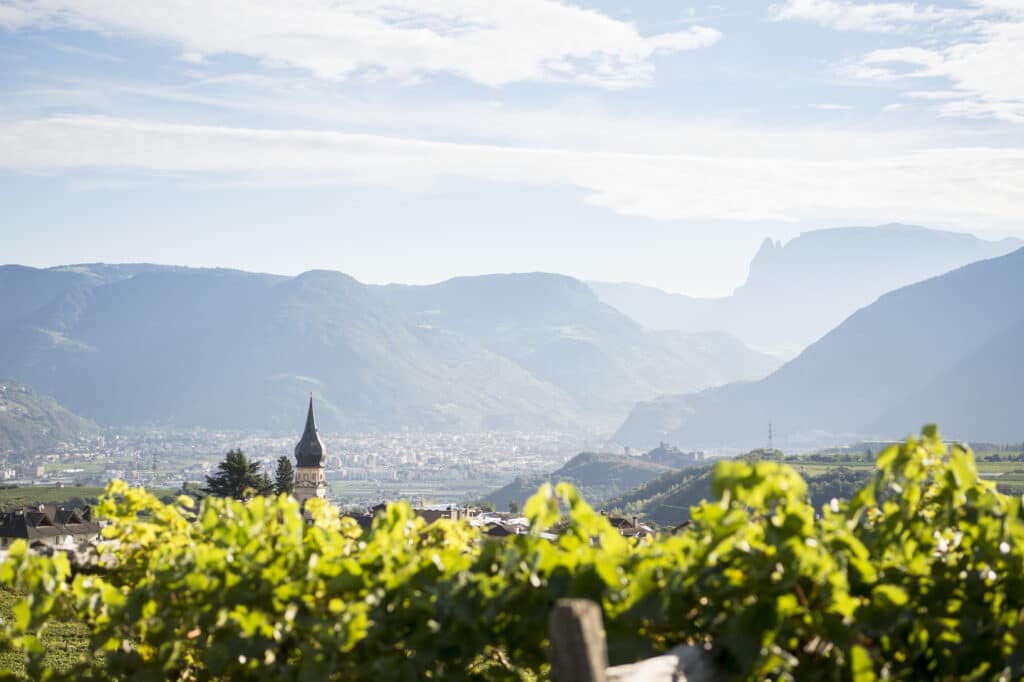
The grower’s land comprises both volcanic and morainic soils. St Pauls sets itself apart from others in that the members grow mostly indigenous grapes in the area, like the red grapes Lagrein and Schiava. Though it does grow a small amount of Chardonnay and Cabernet as well. Organic practices are key for the growers.
Three principles – mindfulness, courage and community – guide every decision that the growers make, which allows them to consistently learn and implement new advances to maintain the highest standards with each process.
The Winery Selections
Centuries-old traditions and new state-of-the-art technology join forces to create the right balance in each wine. The cellar contains stainless steel tanks and large, wooden barrels. Both the red and white wines can age in small oak barrels in the cellar. Also, directly outside of their village is a bunker, previously used in World War II, that is the resting place for its sparkling wines. Several meters thick, the bunker houses more than 70,000 sparkling wine bottles.
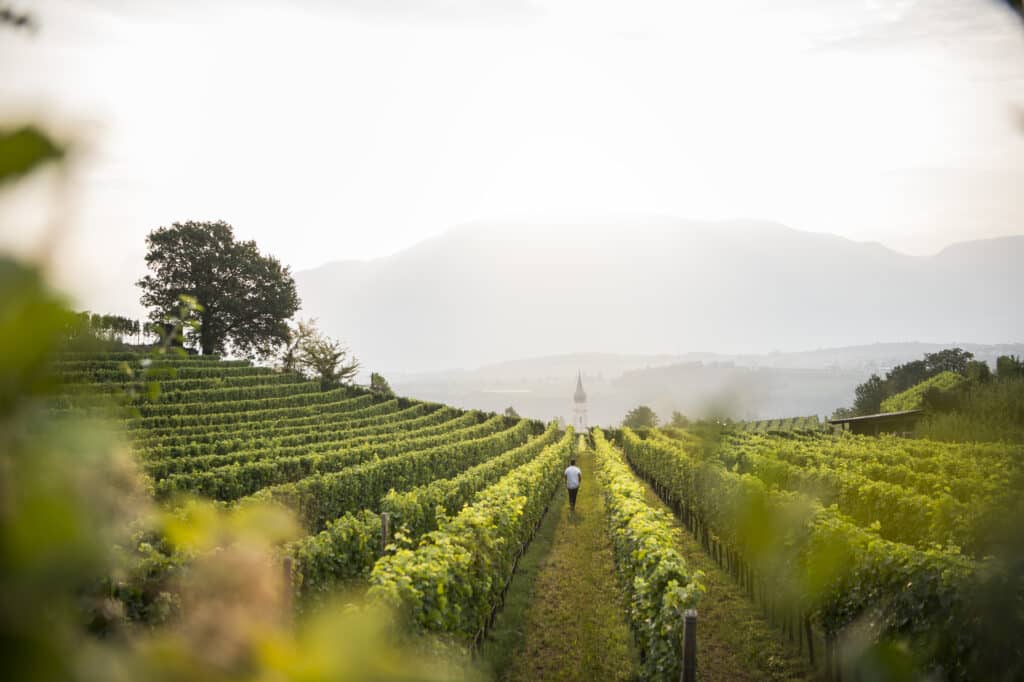
Chardonnay Alto Adige DOC – This selection of 100% Chardonnay is fresh, vibrant and flinty from the clay soils with calcareous sediment, as well as its aging in stainless steel tanks. The result is a dry wine with flavors of exotic and tropical fruits that ends with a nice viscous finish. It pairs well with creamy cheeses as well as white fish like Mahi Mahi or Halibut.
Gfill Sauvignon Alto Adige DOC – The Sauvignon grows in limestone soils, and this adds to the wine’s vibrant and chalky flavor profile. It also is fermented in stainless steel tanks with further refinement on its soft yeast cells. It displays notes of citrus and tropical fruit notes with a touch of spiciness and saltiness on the finish. Its acid is present but soft on the palate. A great partner for grilled asparagus, tuna salad with egg and avocado and grilled chicken breasts topped with rosemary herbs.
Justina Gewurztraminer Alto Adige DOC – This is a classically styled northern Italian Gewurztraminer with peach, apricot, mango and citrus spice notes. It’s lively on the palate from its time in stainless steel with additional hints of allspice. With a hint of sweetness on the back palate, it offers a medium to full body. A great pairing for spicy dishes, Asian cuisine and risotto with sweet peas.
Luzia Pinot Nero Alto Adige DOC – This Pinot Nero, also known as Pinot Noir, is grown in sandy, limestone gravel soils which adds texture to the wine. Both maceration and fermentation occur in stainless steel tanks. Light to medium body, this rendition is full of vibrant plum, cherry and raspberry notes. The end has a touch of allspice and cinnamon to it. Luzia pairs exceptionally well with lamb chops, grilled duck breast and mushroom risotto.
Missianer Schiava Alto Adige DOC – Schiava is the name of the grape that is indigenous to the region, and this selection is characteristic of the region. Clay is dominant in the soils, and after harvesting the wine undergoes fermentation in stainless steel tanks. However, it further ages on its yeast cells, adding some weight and texture. Dark cherry, raspberry and strawberry notes jump from the glass. It’s a wonderful partner for charcuterie, hard Italian cheeses and classic pizza.
Pinot Grigio Alto Adige DOC – Pinot Grigio thrives beautifully in Alto Adige. Here, bright, vibrant acidity is backed by hints of citrus, pears and yellow apples. Its stainless-steel fermentation accents the wine’s refreshing flavor profile. Moraine boulder soils make up the vineyards. It pairs best with tomato salads with feta cheese, shellfish and grilled shrimp.
Plotzner Pinot Bianco Alto Adige DOC – The limestone soil, with quartz-rich porphyry rock in which it is grown, and the cool mountain winds combine to make the perfect conditions for growing Pinot Bianco. Refreshing and fruit forward on the palate, it displays notes of green apple, pear and tangerine. Fermentation takes place in large wooden barrels as well as stainless steel tanks. Then it further sits on its fine yeast cells for added texture and body. It’s a good partner with green vegetables like Brussels sprouts, asparagus and green beans. Additionally, it pairs well with calamari, grilled tuna and veal.
Learn more about St Pauls here and last month’s blog post on Casa E. di Mirafiore.


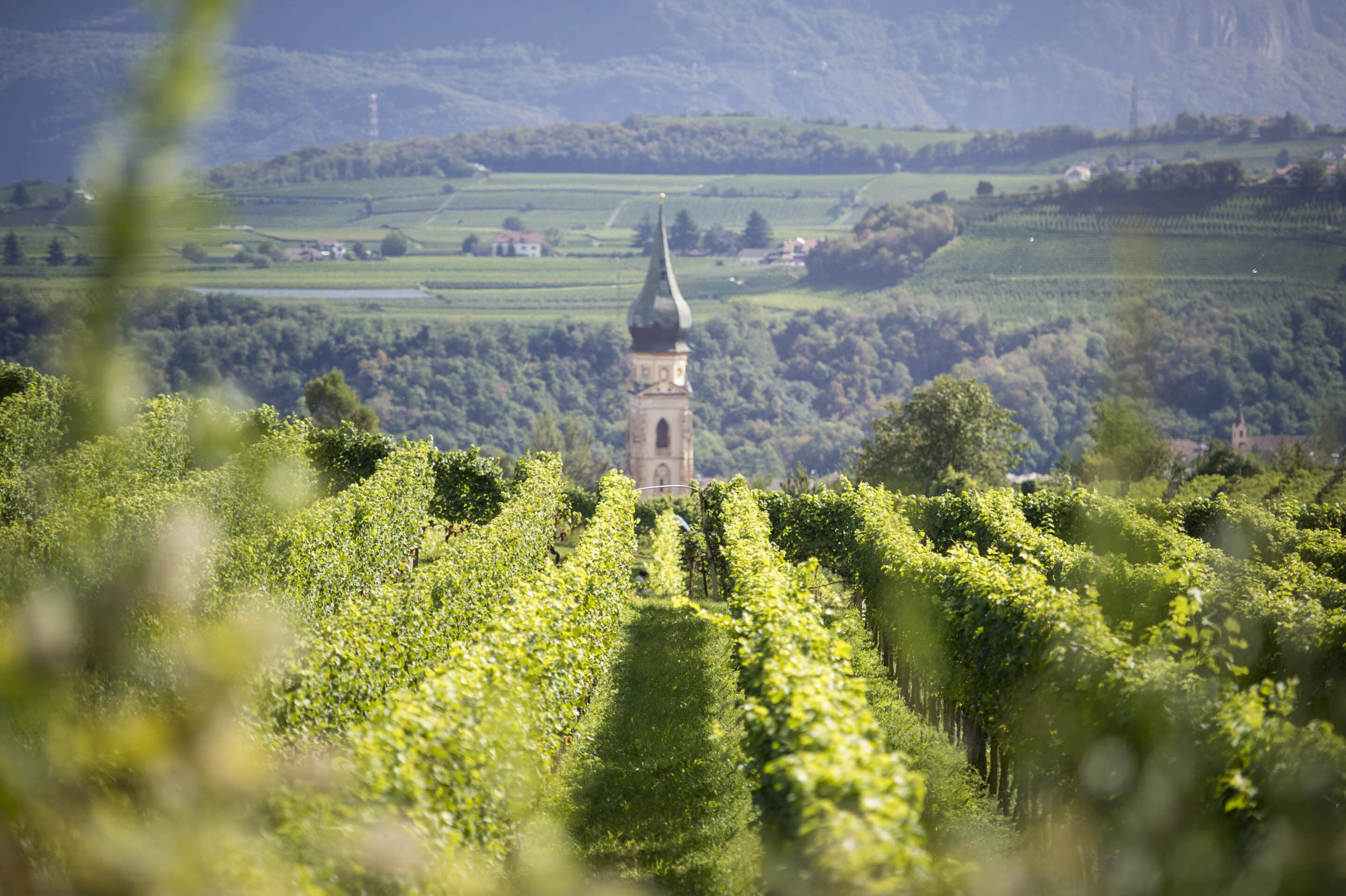
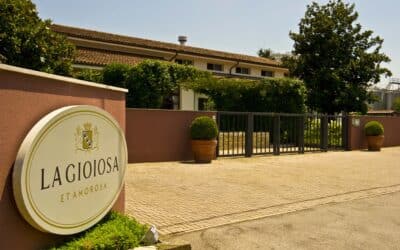
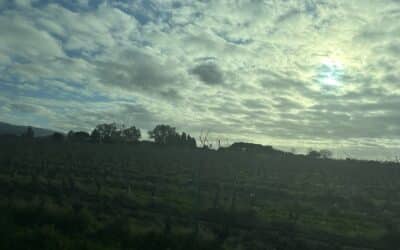

0 Comments